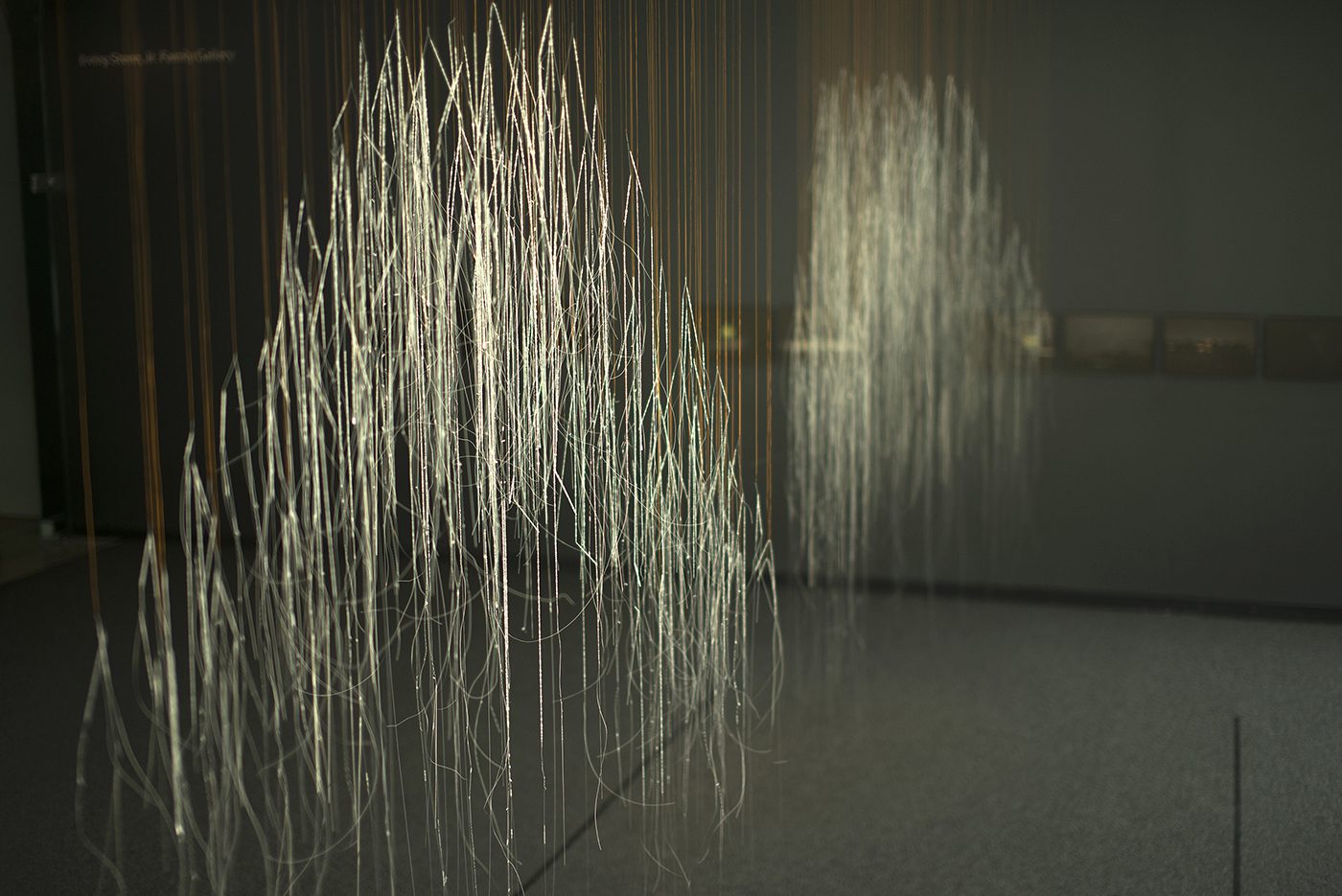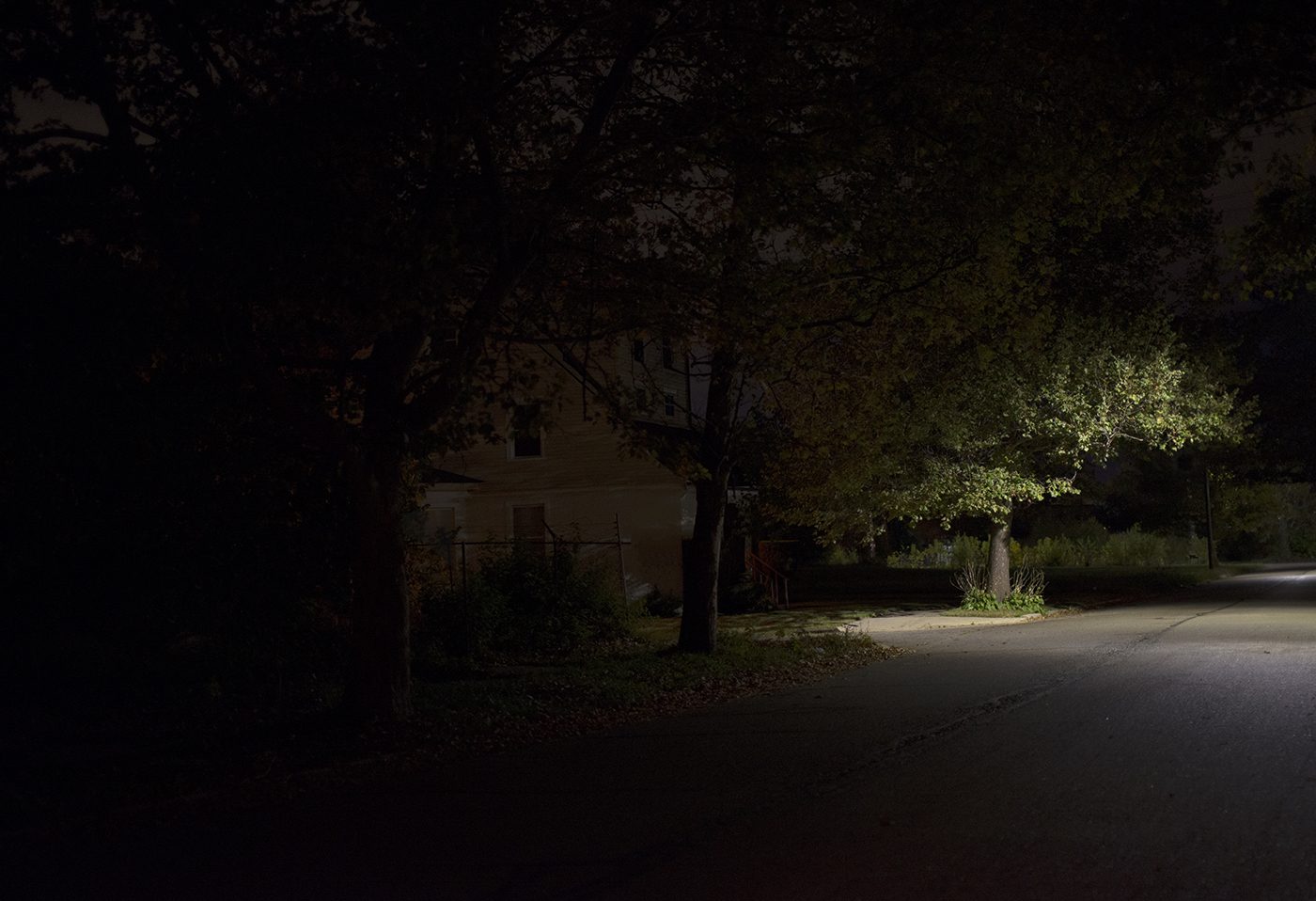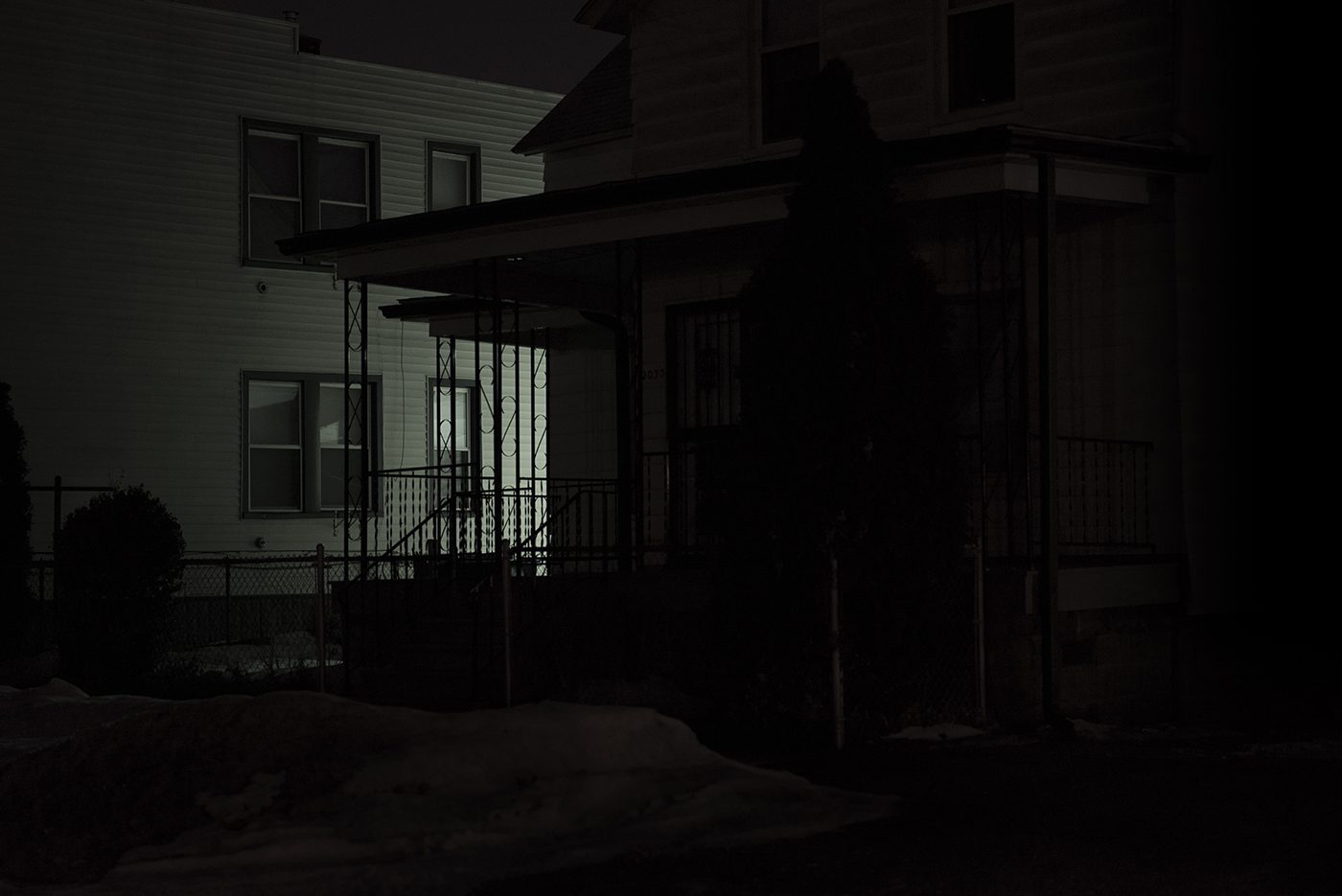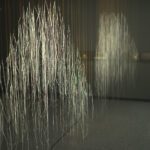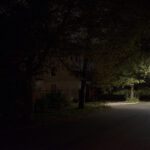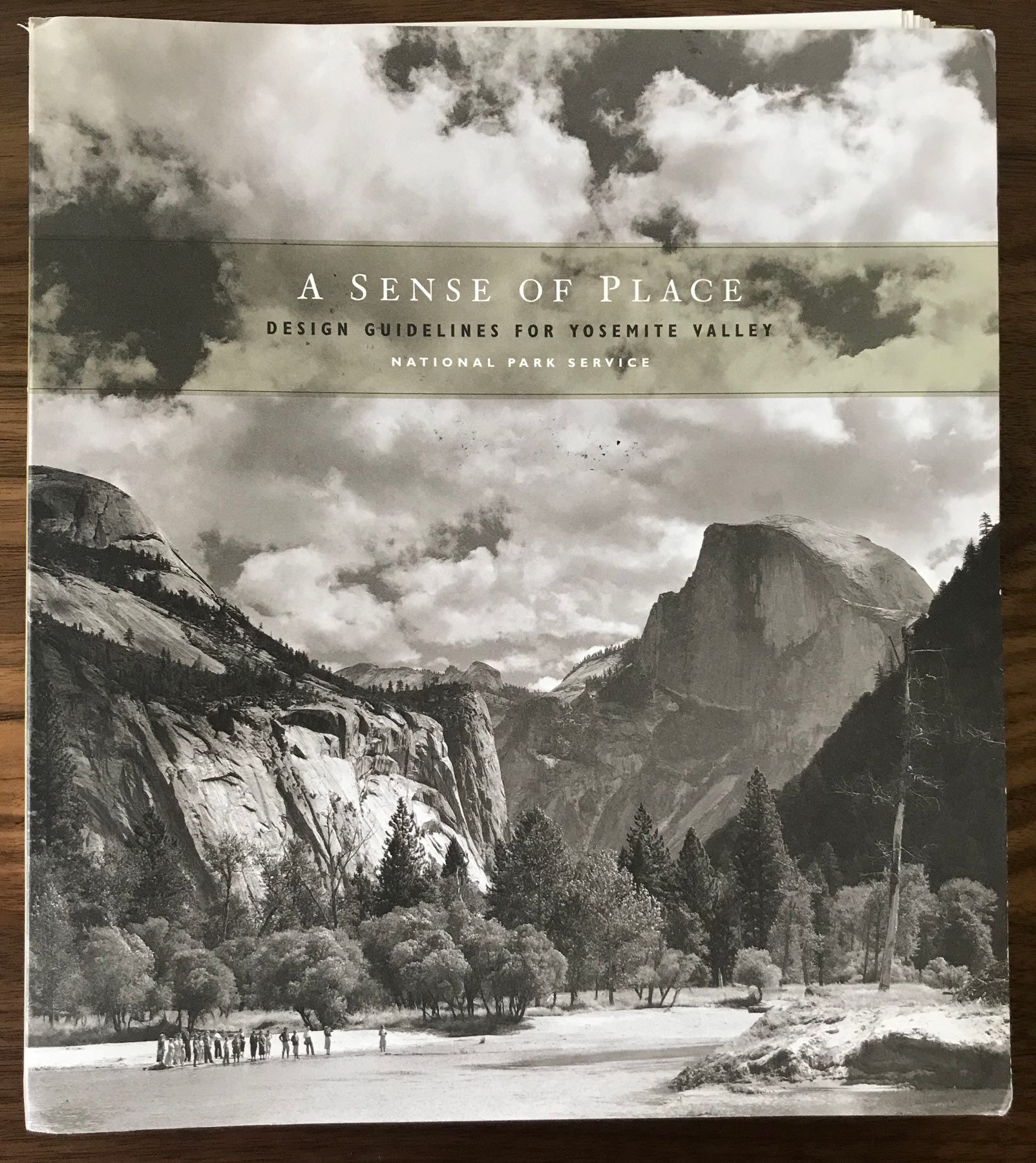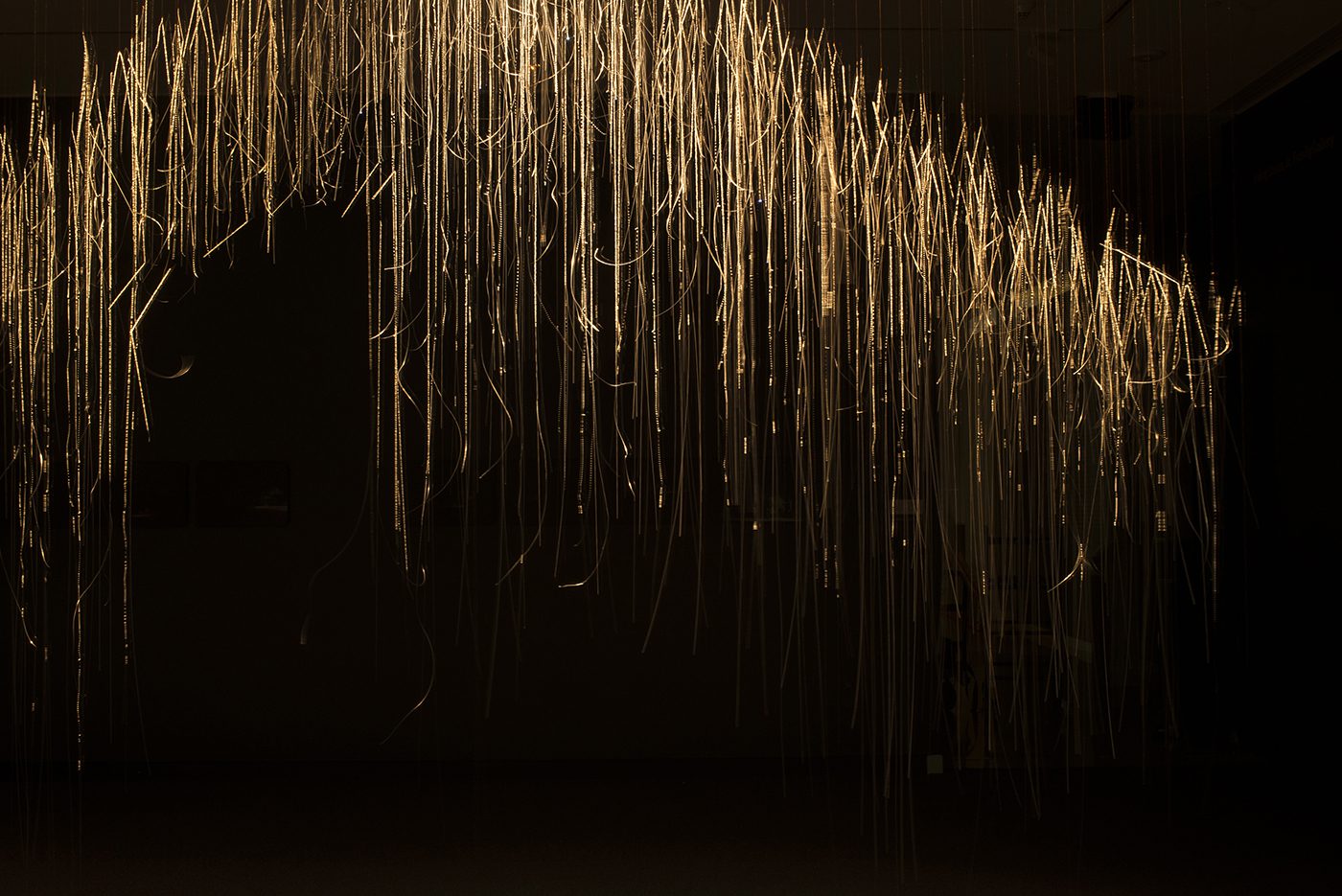
Published:
06/01/2016
Catie Newell: Overnight is a solo-exhibition at the University of Michigan Museum of Art. The exhibition is comprised of a commissioned site-specific installation, Overnight and a series of photographs from Nightly (2013-ongoing). The exhibition registers shifts between day and night in the materiality of the installation, as well as the appearance of the photographs.
The suspended installation and photographic prints measure the difference between darkness and illumination, revealing alternate forms in night and day, from near or far, and from various points of view. Intentionally difficult to see, the works require an attentive, intimate viewing, and a deepened sensitivity to the different spatial worlds that light and dark inscribe.
From the Gallery Statement:
My interest in these double worlds is stirred by the nighttime infrastructure of Detroit. Until recently, Detroit was host to an unusually dark urban landscape with nearly forty percent of its streetlights inoperable due to theft, neglect, and damage. Light is now returning but from streetlights placed according to mathematical measures of distance, rather than occupied need: the imbalances of the new illumination create spatial oddities that hint at distinct but overlapping stories.
Overnight captures an instant in Detroit when darkness is displaced and light mis-registers the urban landscape. The photographs are part of the ongoing series Nightly, which records the presence of another city—a city vanishing into a darkness that removes its walls, alters its spaces, and haunts. The method of printing these photographs creates a layer of metallic sheen, and the subject matter fades in and out of visibility as it shifts through shades of black. It becomes especially difficult to see as the sun sets.
The Nightly photographs inform and infuse the suspended installation, which enacts the material change in the streetlights of Detroit. To deter scrapping, the city has moved from underground copper wiring to aboveground aluminum wires, despite the drop in electrical efficiency and the aesthetic problems of light replacement. In Overnight, a thin gauge of copper holds aluminum wire in suspension, forming subtle figural implications of architectural space. Several lengths of wire are electrified to host LED lights visible only in close proximity to the work. The aluminum has been delicately wound and pulled to unravel and stress the system, increasing its electrical inefficiencies, so the formal masses hover as sporadically-lit architectural moments of night. The work is the work is difficult to see in daylight: it is an architectural space that exists in darkness.
The installation is attuned specifically to the gallery’s exposure to daylight and its transformation into night. During the day, natural illumination catches reflections on the aluminum wire, and provides the best light to view the Nightly series. In the evening hours after sunset and for the duration of the show, the Museum will leave its exterior lights off, allowing the installation spotlights to draw out different lines of light on the aluminum and create the impossible architectural moment captured in the Nightly series.
Overnight intensifies the qualities of night and day, summoning the nuances of their misalignment. It asks what day loses and night keeps.
Project Team:
Kelly Gregory
Matt Culver
Rod Glover
Yasamin Efanydia
Faculty:
Catie Newell






